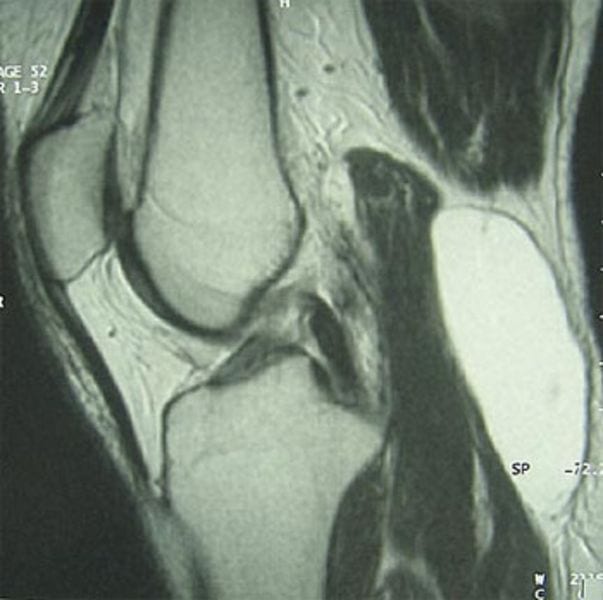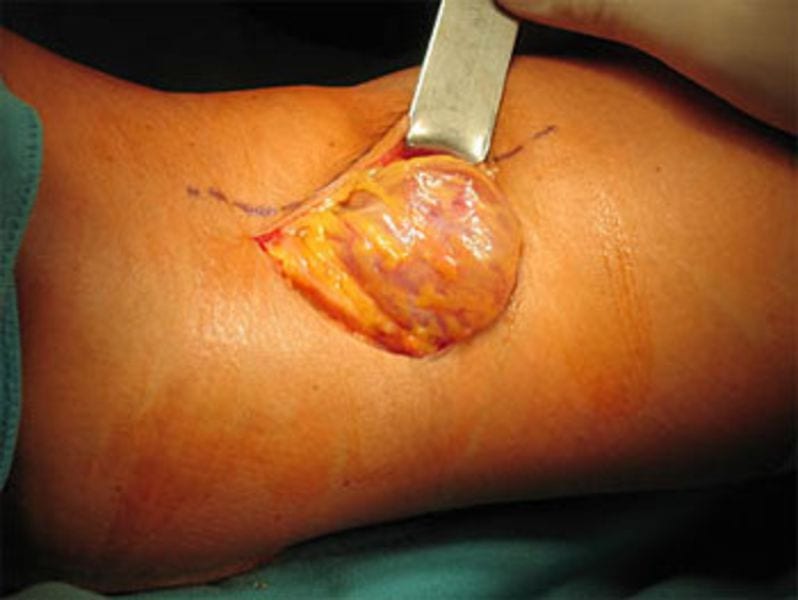Baker's Cysts
Swelling in the popliteal area is often symptomatic of Baker's Cysts.
This type of cyst generally occurs as a result of chronic meniscus or cartilage damage, but can also occur along with chronic rheumatic knee illness. Constant friction in the knee joint stimulates an increased production of synovial fluid, and a cystic protrusion develops at the back of the knee.
In addition to pain and tension, sudden bruising and inflammation can occur throughout the entire knee if the Baker’s cyst ruptures.
Most cases of Baker’s cyst regress on their own once the underlying problem is successfully treated (e.g. with meniscal surgery). A Baker’s cyst usually does not need to be surgically removed.
More questions?
Our experts are happy to help you
Just give us a call!
SYMPTOMS
The symptoms are usually dependent on the strain on the knee joint and often decrease again or disappear completely once immobilized.
The most common symptoms are:
- Pain or sensations of tension in the popliteal region or in the upper calf musculature
- Recurring swelling that is tender on palpation in the popliteal region
- Restriction of movement in the case of very large cysts.
If the Baker’s cyst bursts, a sudden onset of severe pain can occur in the knee joint or in the entire lower leg and areas of inflammation can occur.
DIAGNOSIS

Precise documention of the course of the illness and manual examination of the knee joint are important for diagnosis.
Dr. Gäbler recommends that all patients be examined using MRI, which not only shows the exact size and protrusion of the Baker’s cyst, it also reliably clarifies the underlying trigger (for example, the presence of meniscus damage).
TREATMENT
Treatment is aimed on the one hand at the underlying cause (cartilage damage, meniscus lesion, or chronic inflammation), and at the cyst itself on the other hand. Analgesic and anti-inflammatory medications are available as conservative treatment.

In most cases, the Baker’s cyst regresses on its own following successful treatment of the underlying disease (e.g. meniscus operation) and does not require surgical removal.
If the Baker’s cyst is so large that it is causing persisting symptoms and movement is also restricted, it must be surgically removed. This is rarely carried out using arthroscopy and more commonly using an open procedure. During the operation, the cyst is detached from the joint capsule, removed entirely, and the joint capsule is fenestrated.
More questions?
Our experts are happy to help you
Just give us a call!




